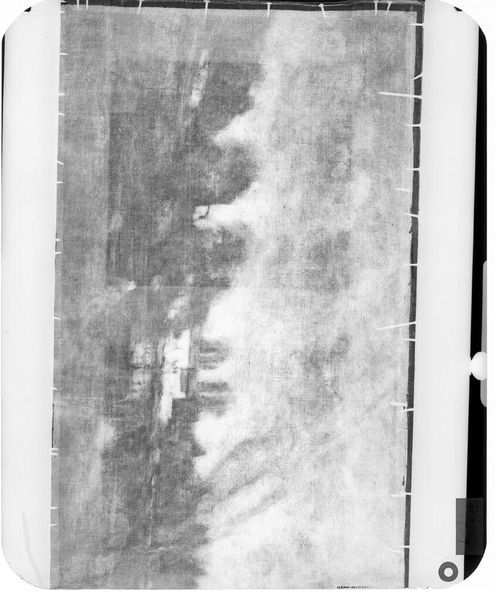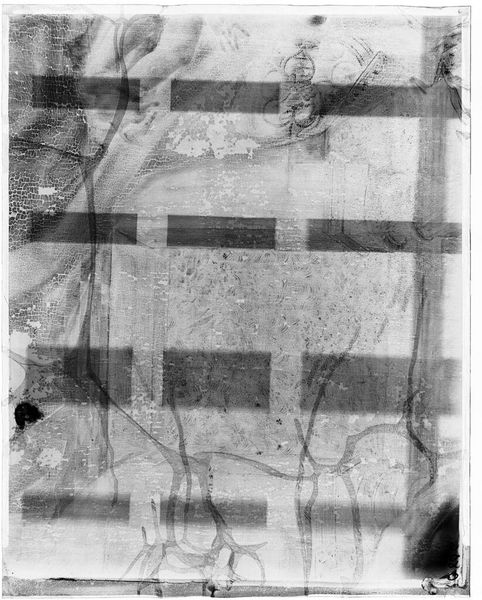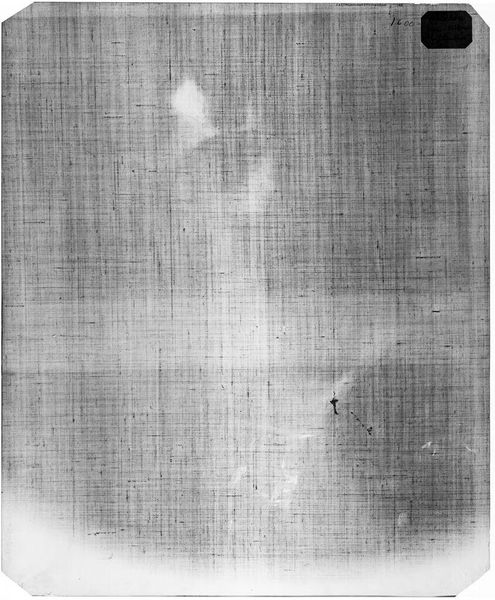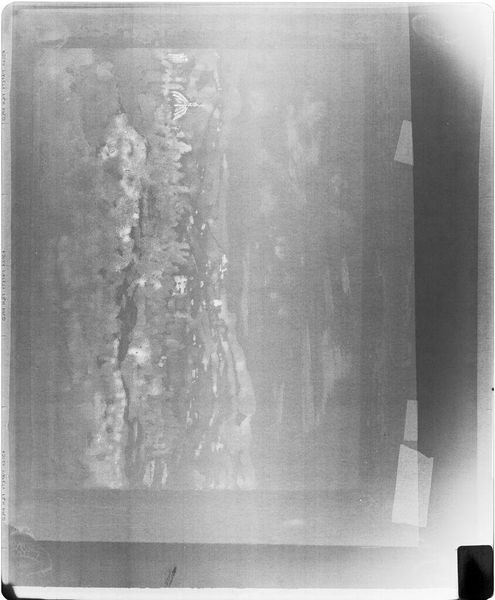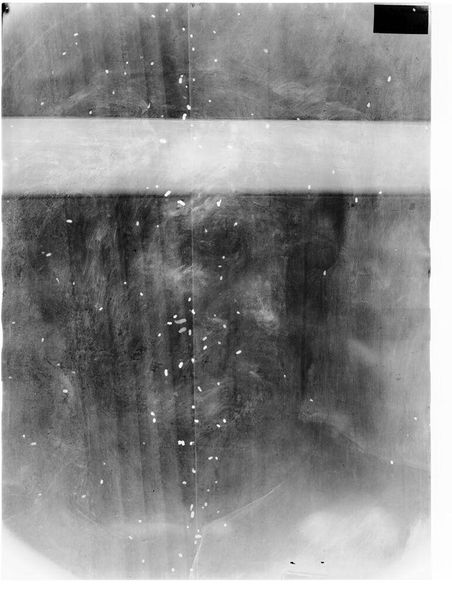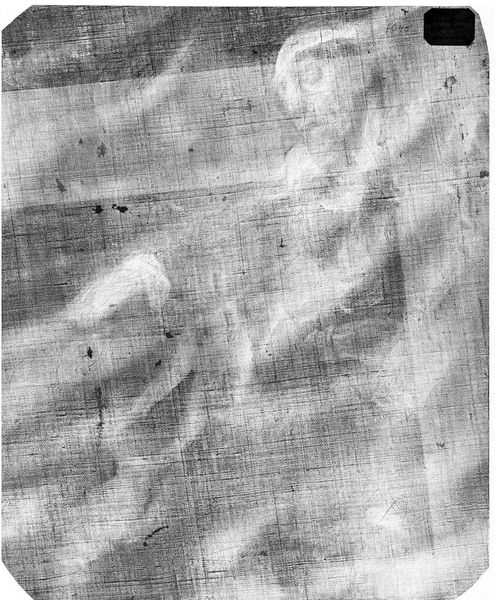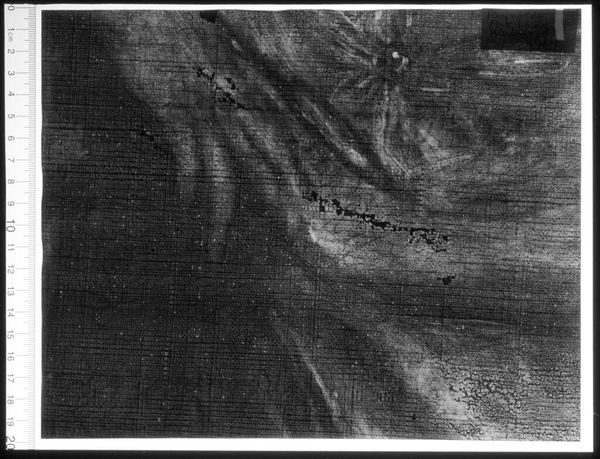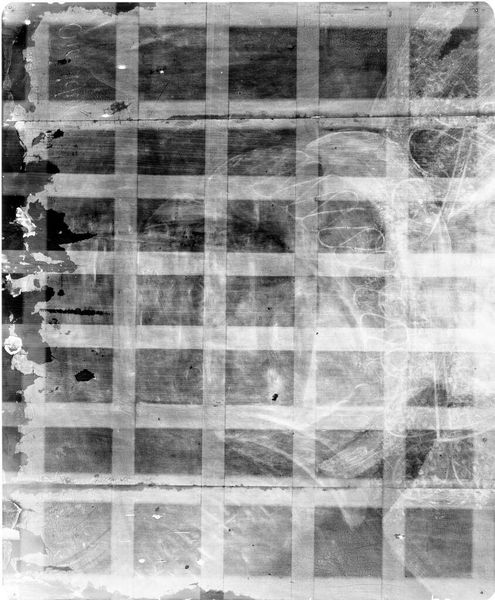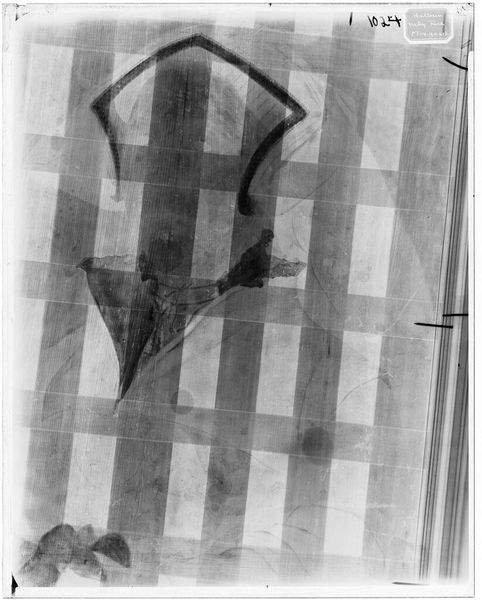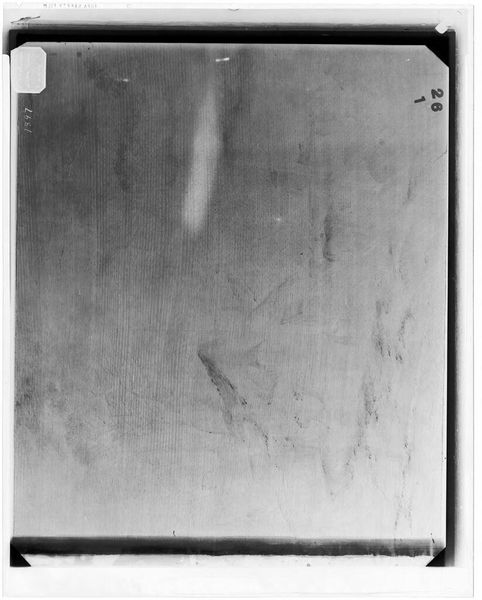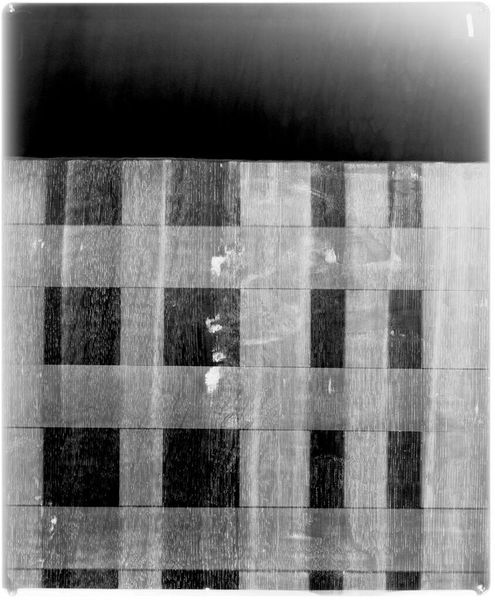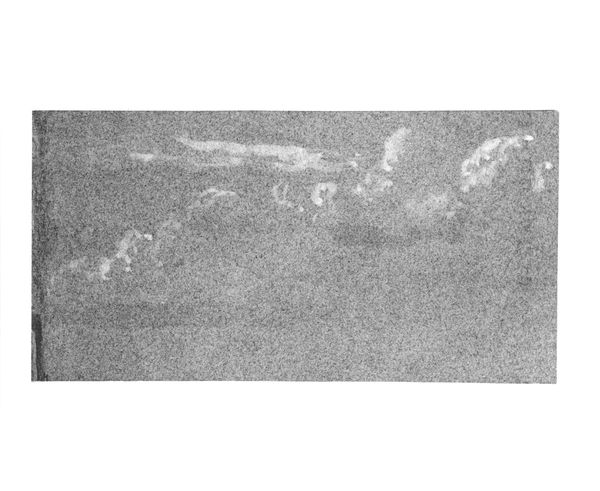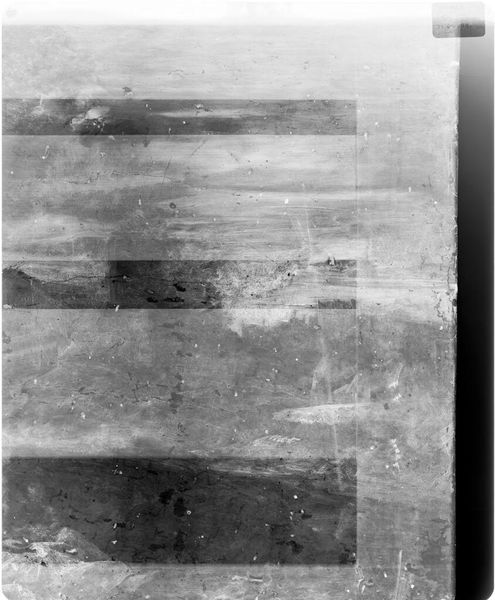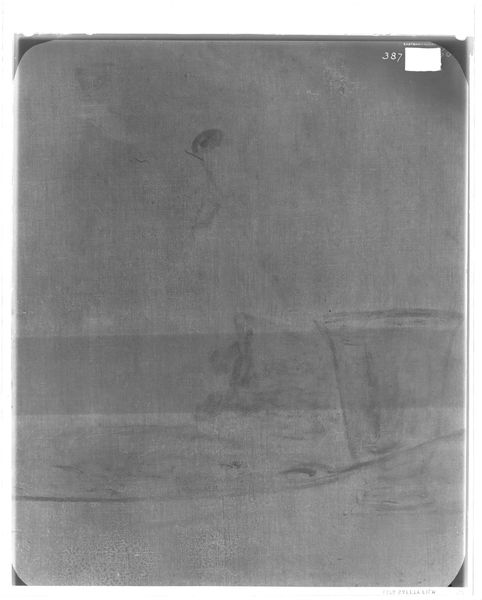
drawing, ink
#
drawing
#
asian-art
#
landscape
#
ukiyo-e
#
charcoal drawing
#
japan
#
ink
#
black and white
#
monochrome
#
monochrome
Dimensions: 38 1/2 x 12 in. (97.8 x 30.5 cm)
Copyright: Public Domain
Editor: So, this is “Uji Bridge in the Moonlight,” created sometime between 1805 and 1859 by Gantoku, rendered in ink and drawing. It's incredibly subtle; the grayscale palette creates this ghostly, dreamlike quality. What stands out to you? Curator: The Uji Bridge itself holds considerable symbolic weight in Japanese art and literature, wouldn’t you agree? Its repeated depiction reflects the crossing-over into a transformative stage, a passage between states of being, whether real or metaphysical. Note the way the bridge extends, not merely connecting banks, but potentially connecting worlds. Editor: I see what you mean. The solitary figure near the bridge, does that contribute to that symbolism? Curator: Precisely. The figure becomes an emblem of humanity’s continuous negotiation with these thresholds. The moon, subtly present, could evoke ideas about enlightenment, cycles of nature, and the impermanence of life. Consider how Japanese aesthetics favor suggestion over explicit representation. What emotional response does the minimalist depiction provoke in you? Editor: A sense of serenity, maybe, but also a bit of melancholy? Like the world is a transient, fragile place. Curator: And isn’t that at the very heart of *ukiyo-e*, the floating world? Gantoku distills centuries of cultural memory into this seemingly simple scene. Editor: It’s fascinating how much depth is packed into such a minimalist piece. I will never look at bridges the same way! Curator: Nor should you! Now you’ll start seeing these thresholds in every painting you encounter, both explicit and hidden. It is the iconographer's curse – or gift.
Comments
No comments
Be the first to comment and join the conversation on the ultimate creative platform.
